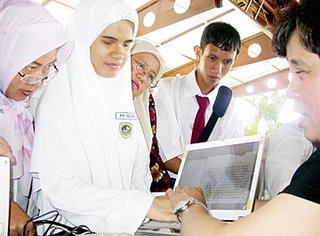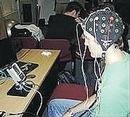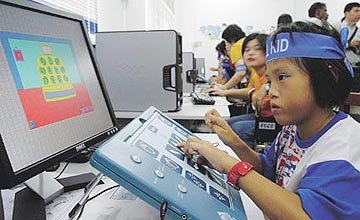A look at neurofibromatosis
A friend of mine has a disease called neurofibromatosis. She is trying to raise money for surgery. What is this disorder and is it dangerous? I have vaguely heard of it. Once, a man with plenty of skin warts all over his body passed by me and my father said he had neurofibromatosis.
Neurofibromatosis is predominantly a nervous system inherited disorder. In this disorder, the development of the nerve cells is affected. These produce certain changes seen on the body, such as nerve tumours, bone, soft tissue and skin abnormalities.
A person with this disease does not necessarily manifest all the manifestations. Some people have one or two symptoms, others have all of it.
That’s why some patients do not have the disfiguring skin nodules all over the body.
And the skin lesions are not actually warts. They are benign nerve tumours.
But my friend’s parents do not have neurofibromatosis. How is this so if the disorder is inherited?
Although many patients inherit it, researchers have estimated that 30% to 50% of new cases arise through mutation (change) in a person’s genes. And once this gene has mutated, you will get the disease and pass it on to your children.
There are two types: Neurofibromatosis type 1 (NF1) and Neurofibromatosis type 2 (NF2). NF1 is more common.
Is neurofibromatosis common? How come I’ve never heard of it?
Around the world, NF-1 occurs in every one out of 2,500 to 3,300 people. NF-2 occurs in every one out of 50,000-120,000 people. All races are affected equally. Men get it as often as women.
How do I know if someone has neurofibromatosis?
A patient is usually born quite normal. Then in the first three years of his/her life, café au lait macules develop on the skin. These look like flat brownish spots which are irregularly shaped.
A child who has five or more of these spots that are greater than ½ cm in diameter is said to be very likely to have neurofibromatosis.
If you are an adult and you have six of these spots of more than 1.5cm in diameter, then you should go to your doctor.
(It is normal for people to have one or two of these spots, but not too many.)
The patient can have other skin manifestations like freckles on the armpits and the area around the groin. Sometimes, hair grows even more copiously in some regions of the body. (This is called hypertrichosis.) This is not good because the freckles and hair often overlay tumours underneath.
But the most obvious and widely talked skin changes come from the tumours called neurofibromas.
But these skin changes won’t really hurt you, right? The danger is in the tumours.
There may also be bone changes, like bowing and bending of the long bones and the bones of your cheeks and eye sockets. Sometimes these bony changes on your face can push your eyeballs out! The spine may be mildly curved sideways.
But you are right, the greatest danger comes from the tumours. In NF-1, there are benign tumours called neurofibromas (translation: fibrous tumour of a nerve). These are benign, not cancerous. They can develop at any point along a nerve.
Unfortunately, some of these neurofibromas protrude upon your skin to appear as brown or skin-coloured nodules which are soft. Have you ever seen someone walking around with lots of nodules covering every part of his body? That is NF-1.
Some of the other neurofibromas sit on important points on the nerves and cause structural damage.
For example, when the nerve for hearing is involved, you may be partially or fully deaf and have poor body balance. This is particularly common in NF-2.
If a nerve to your eye is involved, you might be blind. So although these tumours are not cancerous, they can be every bit as dangerous depending on where they sit.
These neurofibromas form in late adolescence.
Other benign tumours also occur with greater frequency in these patients. And in 3% to 5 % of cases, these tumours turn malignant.
By the way, many people with neurofibromatosis have below average intelligence, learning disabilities and mental retardation.
Is there any treatment or cure?
Any treatment is aimed at controlling symptoms. Painful or disfiguring tumours on the skin or impinging on the important structures are removed surgically. Nevertheless, these tumours can grow back.
If bone is deformed and causing much pain, it can be mended or supported.
If I have this disease, will I die early?
Most cases are mild and you will live a normal life. But some cases are extremely severe. It all depends on where the tumours sit and whether they will turn malignant.
reference:
http://thestar.com.my/health/













No comments:
Post a Comment